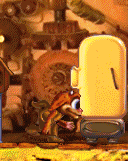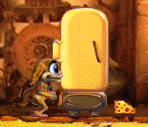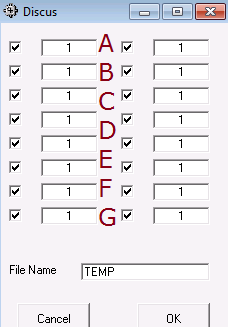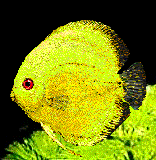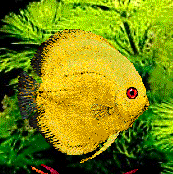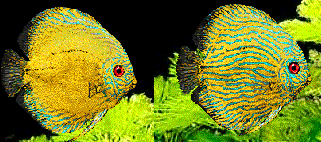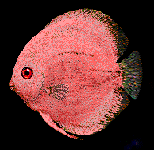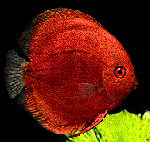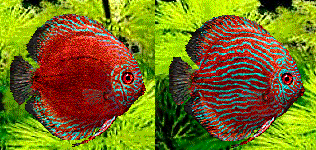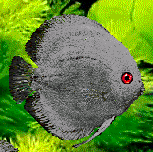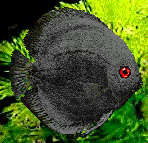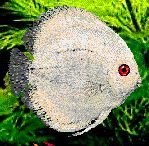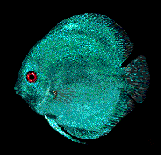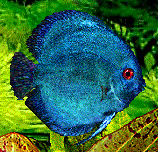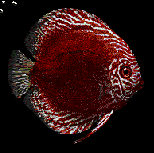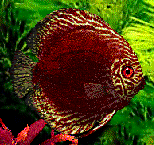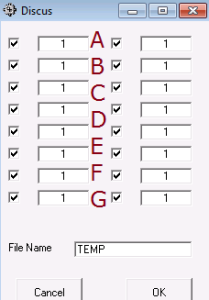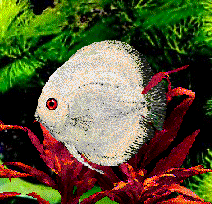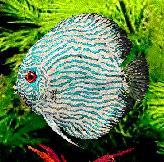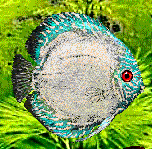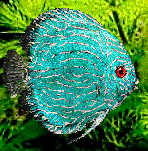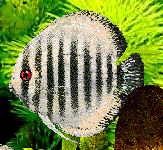Things have slowed down quite a bit since Valerie and Tanner have (practically) finished having babies. I had a couple choices where I wanted to go next with this game and one of them was to introduce the two babies I wanted to use for the next round. Well. I might as well.
First, let’s look at our little boy.
He’s actually our only male. He was cloned when the world nearly crashed but here he is. Since the other is identical, we’ve really only got the once choice here.
***** LOBES *****
121 6 0 Emb B MutDup Lobe #= 7 State Rule: thres PLUS type0 PLUS type1 <end> <end> <end>, WTA= 1
Was state.
First things first, this gene controls when the Attention Lobe fires. Normally, the if the neuron hasn’t been fired, it stays in the resting state. Here, it only fires once its value is higher than the threshold. The threshold here is 0, though.
***** RECEPTORS *****
46 3 0 Emb B MutDupCut Creature, Drive Levels Hunger, chem=Hunger, thresh=0, nom=0, gain=254, features=Analogue
Was 255.
The change in gain slightly reduces the amount of hunger that is required to create hunger drive. I think. It could also mean that he feels less hunger than an unmutated creature.
50 7 0 Emb B MutDupCut Creature, Sensorimotor, Invol 6=’languish’, chem=Sleepiness, thresh=0, nom=0, gain=255, features=Analogue
Was Drive Levels Sleepiness.
This is a tragic mutation. Instead of feeling sleepy because of his sleepiness level, he will instead feel weak all the time. He’ll simply lay down and whimper. Poor guy. :C
***** HALF-LIVES *****
1 1 0 Emb B MutDup WakeUpPill 251 <142> 253
Were 255.
Here, WakeUpPill and 142 are metabolized a little more quickly than normal except that it would still take 52 years for them to deteriorate on their own anyway.
That ‘languish when sleepy’ gene is downright tragic. I’m hoping he not only mates but also manages to have children that doesn’t have that mutation.
***** RECEPTORS *****
46 Different in File 2 3 0 Emb B MutDupCut Creature, Drive Levels Hunger, chem=Hunger, thresh=0, nom=0, gain=254, features=Analogue
Was 255.
The change in gain here slightly reduces the amount of hunger that is required to create hunger drive.
***** REACTIONS *****
67 10 0 Emb B MutDupCut 1*Fear++ + 1*<NONE> => 0*Fear + 1*Punishment; half-life = 8.
Was 1 Fear.
Normally, fear increase would cause her to feel not just fear, but also punishment. Now, she will only feel punishment when she has fear increase in her system.
***** HALF-LIVES *****
1 1 0 Emb B MutDup WakeUpPill 251 <142> 253
Were 255.
Here, WakeUpPill and 142 are metabolized a little more quickly than normal except that it would still take 52 years for them to deteriorate on their own anyway.
***** INSTINCTS *****
131 Different in File 2 1 0 Emb B MutDupCut Verb i/ps Push + (Lobe/Cell=0/2) + (Lobe/Cell=0/0) and I Push => 255*Reward
Was Lobe/Cell=0/0.
This changes which cells are activated. When I open the gene in Genetics Kit, though, it doesn’t look any different in the editor. Go figure?
302 Different in File 2 16 0 Chi B MutDupCut Verb i/ps Left + (Lobe/Cell=0/16) + (Lobe/Cell=0/0) and I Left => 255*Reward
Was Lobe/Cell=0/0.
This changes which cells are activated. When I open the gene in Genetics Kit, though, it doesn’t look any different in the editor. Go figure?
By the way, you guys probably noticed the adsense ad at the bottom of the post. From now on, I’ll also be including small banner ads to the bottom of each post. These are text only so shouldn’t been too intrusive to your viewing experience. Keep enjoying the blog and, if you’d like to support it, share it with your friends. Thanks, guys.
